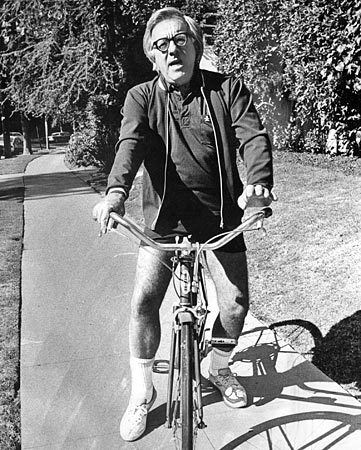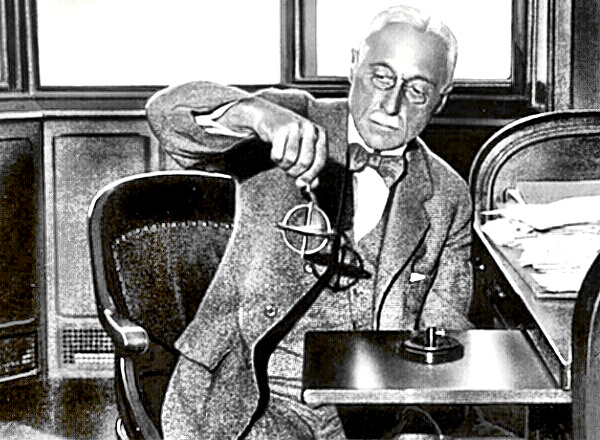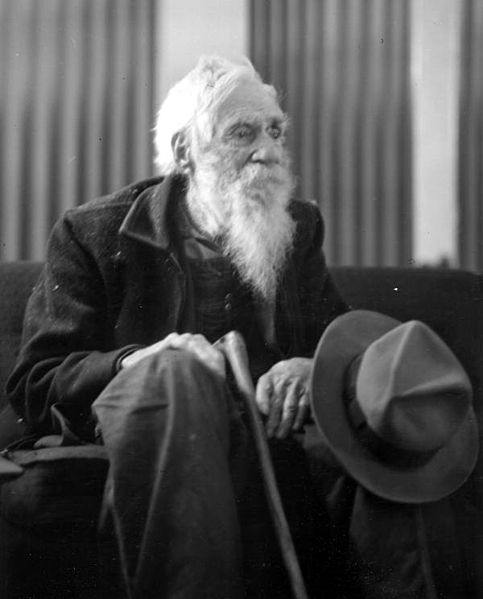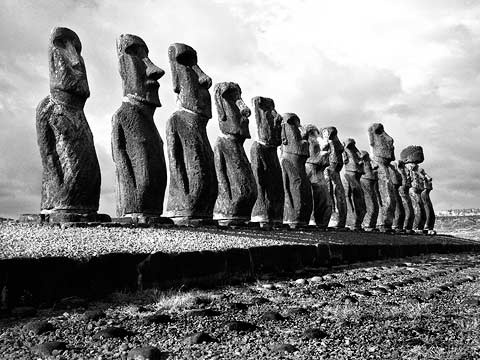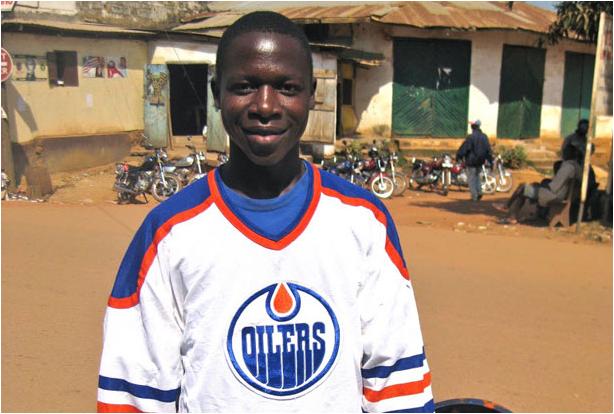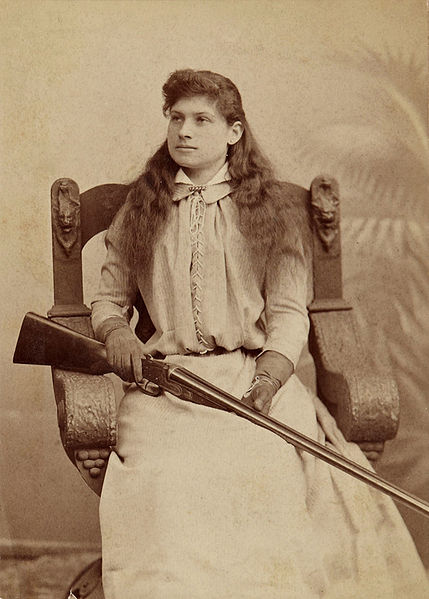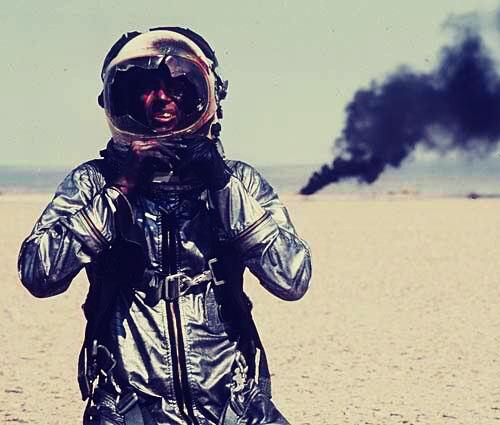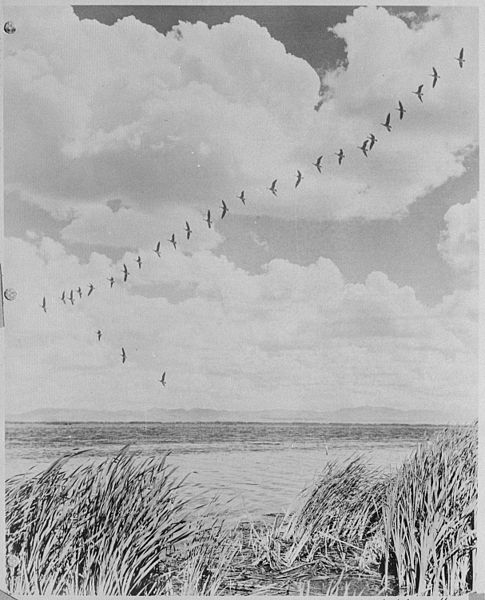


Johnny Clem was a mere ten-year-old orphan in 1861 when he managed to talk his way into what was ostensibly a non-combat role for the Twenty-second Michigan Infantry during the early fire of the Civil War. But it was hard to escape the brutality of the War Between the States once attached to a division, and the lad was soon in the heat of battle. To say that he served long is an understatement: Colonel John Clem wound up being the final Civil War soldier on active duty, forced into retirement by law at age 64 in 1915. (He was originally set to step away from military life three years earlier but hung on a little longer.) It’s important to remember that there were other children just like him, and thousands and thousands of men just removed from boyhood, whose limbs and torsos wound up in piles, their daring exploits to never be recorded. From an article about his farewell to uniformed life in the August 7, 1915 New York Times:
“Clem was just a little ‘shaver’ of 10 years when President Lincoln issued his first call for volunteers. The Third Ohio Infantry was recruited in the Newark (Ohio) district. In the regiment was an officer, Captain McDougal, a friend of Johnny Clem. The future Senior Master of the Quartermaster Corps was an orphan, and there was no near relative to stop him when he sought out his friend McDougal and begged permission to accompany the Third Ohio to the front.
Clem told McDougal that he could carry a gun provided it was not too heavy, and that he could beat the drum to ‘beat the band.’ Captain McDougal, however, could not see the proposition in the same light as did his enthusiastic young friend, and told him point blank he was entirely too little and too young for such dangerous business as that of as a soldier in wartime. All this happens in May, 1861.
But Clem did not lose hope. Early in June of that year the Third Ohio started for the mobilization camp at Covington, Ky. A little boy smuggled himself into one of the baggage cars, and the following day climbed out of the car very tired, very dirty, and very hungry, in Covington. The lad was ‘Johnny’ Clem.
Also at Covington as the Twenty-second Michigan Infantry. Clem decided that he would try and get a berth in that regiment, and so he boldly sought out the tent of the Colonel and walked right in. The ‘kid’ from Newark told the Colonel that he wanted to go to the front with the regiment. The Colonel laughed and patted the boy on the back.
‘You are a game little fellow, all right,’ said the Colonel, ‘but this is no place for children like you. If you were a foot taller and some years older maybe I’d take you along, but as you are neither of these things I am afraid you will have to say back here with the home folks.
But Clem refused to be left behind, and was so persistent that the Colonel finally agreed to let him go along as sort of combination regimental mascot and emergency drummer boy.
The soldiers rigged him out in a uniform, they provided him with a drum and also with a musket, the barrel of the gun being sawed off short so as to make it possible for the little fellow to carry it.
One of the first battles in which the regiment figured was that of Shiloh, where the Confederate General Albert Sidney Johnston was killed and where the fame of Ulysses S. Grant, as a soldier, may be said to have begun. In their battle Clem got into the very hottest of the fight. He came very near losing his life when a shrapnel shell exploded within a few feet of him. A fragment of the shell crashed through the drum and the shock of the explosion hurled him unconscious to the ground, where he was subsequently found and rescued by his bigger comrades.
After the battle the soldiers nicknamed Clem ‘Johnny Shiloh,’ and the name stuck to him until a greater fame came to him at the terrible battle of Chickamauga.
At Chickamauga the boy was again in the thickest of the fight. He fired right and left with his little sawed-off musket. General Thomas and General Rosecrans both heard of the heroism of the little Newark boy at Chickamauga and he was personally commended for his coolness and bravery by both of them. It was General Rosecrans who then and there made him a Sergeant, the youngest non-commissioned officer who ever served in the armies of this country.
Now comes the story of how Clem won the title of ‘drummer boy of Chickamauga.’ The brigade to which the Twenty-second Michigan was attached had been ordered to hold its position, which position happened to be a very dangerous one. The brigade fought for all it was worth but the job could not be done, and finally the order came for it to fall back to a safer position. As the brigade retreated ‘Johnny’ Clem managed to get lost. He got mixed up with a command that was almost surrounded by Confederates and the dead and dying were all about him.
The boy realized his predicament and made up his mind he would not be captured, and so he did what any healthy youngster of his years would do and started to run. He ran like a ‘scared rabbit,’ and when he stopped running he was in a little clump of woods all by himself.
Cautiously he came out of the woods and he ran full tilt into a Confederate Colonel. The Confederate officer looked at the boy with the little gun and despite the awfulness of the situation he had to laugh.
‘My, but you are a little fellow to be in this business,’ said the Confederate, ‘but war is war, and I think the best thing a mite of a chap like you can do is to drop that gun.’
Instead of dropping the gun Clem brought to to his shoulder, pointed it at the Colonel and fired. The Colonel fell badly wounded and Clem turned on his heels and ran for all he was worth. Finally he landed back with the Twenty-second Michigan and ever afterward they called him ‘the drummer boy of Chickamauga.’
As for the Confederate Colonel he recovered after many weeks in the hospital, and after the war Colonel Clem learned about him and wrote and told him how glad he was that he had not killed him.
‘When I heard that I had not killed that Confederate officer it was the best news I ever got,’ Colonel Clem remarked years afterward.”

